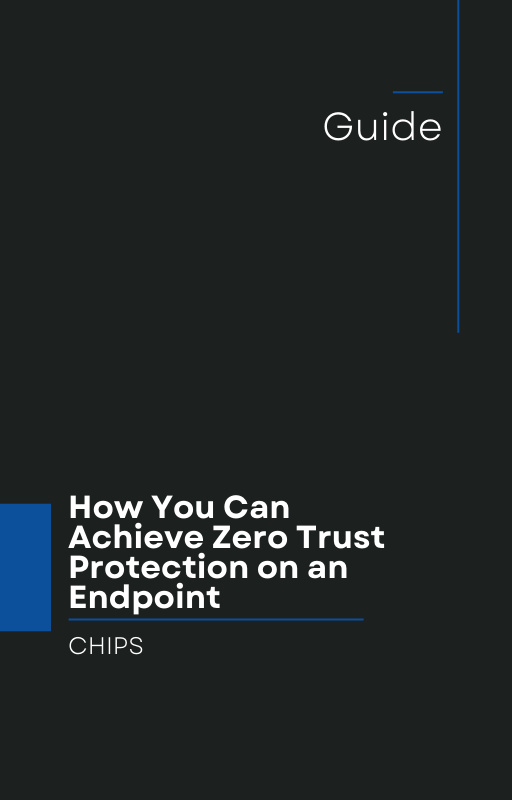Microsoft’s May 2025 Patch Tuesday rollout, as reported by BleepingComputer, underscores a growing cybersecurity crisis. Of the 72 vulnerabilities addressed in this month’s security update, five were zero-day flaws actively exploited in the wild before patches were available.
This is yet another stark reminder that reactive cybersecurity strategies—those built on detecting and responding to threats—are struggling to keep up with today's attack velocity. For business owners, IT leaders, and security professionals, it's time to embrace a new approach: Isolation and Containment.
The Alarming Reality Behind May’s Patch Tuesday
Zero-day vulnerabilities are flaws unknown to the vendor, making them especially dangerous since there's no fix available at the time of exploitation. In May 2025, Microsoft patched:
-
CVE-2024-30051 – A privilege escalation flaw in Windows DWM Core Library
-
CVE-2024-30040 – A security feature bypass vulnerability in MSHTML
-
CVE-2024-30044 – A remote code execution (RCE) flaw in Microsoft SharePoint
-
CVE-2024-30042 – Another SharePoint RCE vulnerability
-
CVE-2024-30046 – A privilege escalation issue in the Windows Kernel
What’s troubling is that these vulnerabilities weren’t just discovered—they were already being used by attackers to infiltrate systems, steal data, and compromise business operations. In other words, the window between vulnerability and exploitation is shrinking, and in some cases, there is no window at all.
"Detect and Respond" Is No Longer Enough
Traditional endpoint detection and response (EDR) tools work under the assumption that threats can be identified and neutralized after they breach the perimeter. But zero-days break that assumption. They allow attackers to walk right through the front door, often without detection, because they exploit flaws no one knows about—yet.
In practice, this means your business might be breached before any alarm is triggered, leaving your team scrambling to assess damage and initiate recovery.
The Case for "Isolation and Containment" with AppGuard
AppGuard takes a fundamentally different approach. Rather than relying on detection, it uses patented isolation and containment techniques to stop malware from executing—even if it's never been seen before.
Here’s how AppGuard would have helped in a zero-day scenario like this:
-
Prevents unauthorized code from executing, even if it originates from a legitimate system process
-
Blocks malicious activity without needing prior knowledge of the exploit or malware signature
-
Ensures that sensitive business operations continue without interruption, even during an attempted attack
AppGuard doesn't wait for a patch. It stops threats in real time, even the unknown ones. That’s why it’s trusted by some of the most secure organizations and is now finally available for commercial businesses.
Real Protection for Today’s Business Environment
The latest Patch Tuesday again shows that the threat landscape has shifted. Attackers aren’t waiting for your defenses to catch up—they’re exploiting unknown vulnerabilities faster and more effectively than ever before.
The question every business owner needs to ask is not, “Will my current solution detect this attack?” but rather, “How will my system behave if detection fails?”
If your cybersecurity strategy doesn't account for that failure, it’s time to reconsider your approach.
Let’s Talk: Stop Threats Before They Start
At CHIPS, we help businesses stay ahead of threats with solutions built on prevention—not just detection. AppGuard has a 10-year proven track record of stopping advanced threats cold—before they can execute, before they can steal data, and before they can do damage.
Don't wait for the next zero-day to hit your systems. Let’s talk about how AppGuard’s Isolation and Containment approach can protect your business—today and into the future.
👉 Contact CHIPS today to learn how AppGuard can prevent the next breach before it begins.
Like this article? Please share it with others!

May 19, 2025

Comments